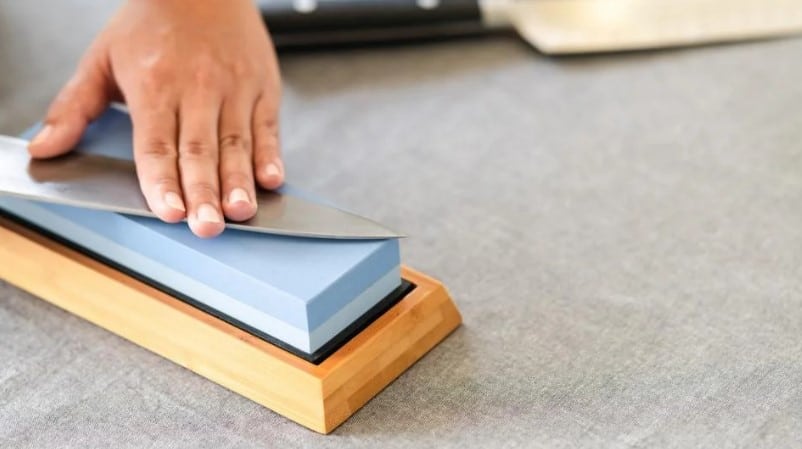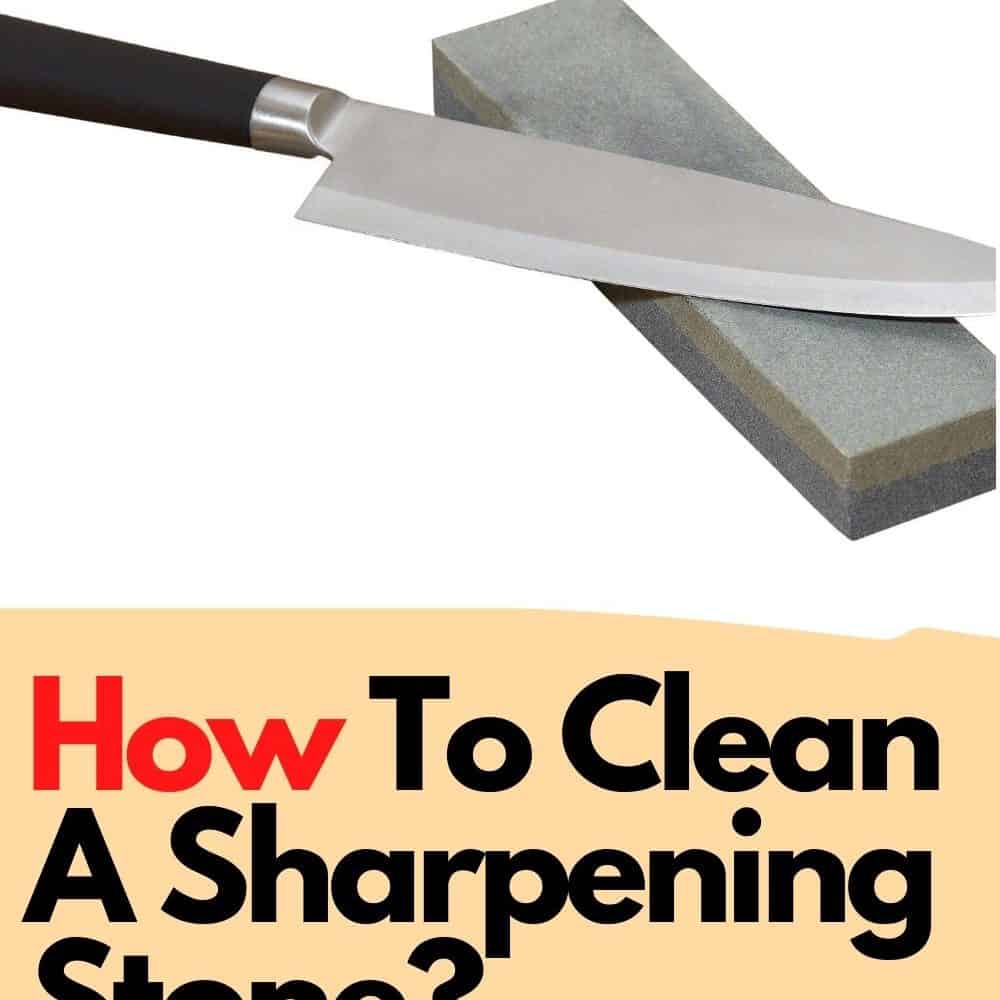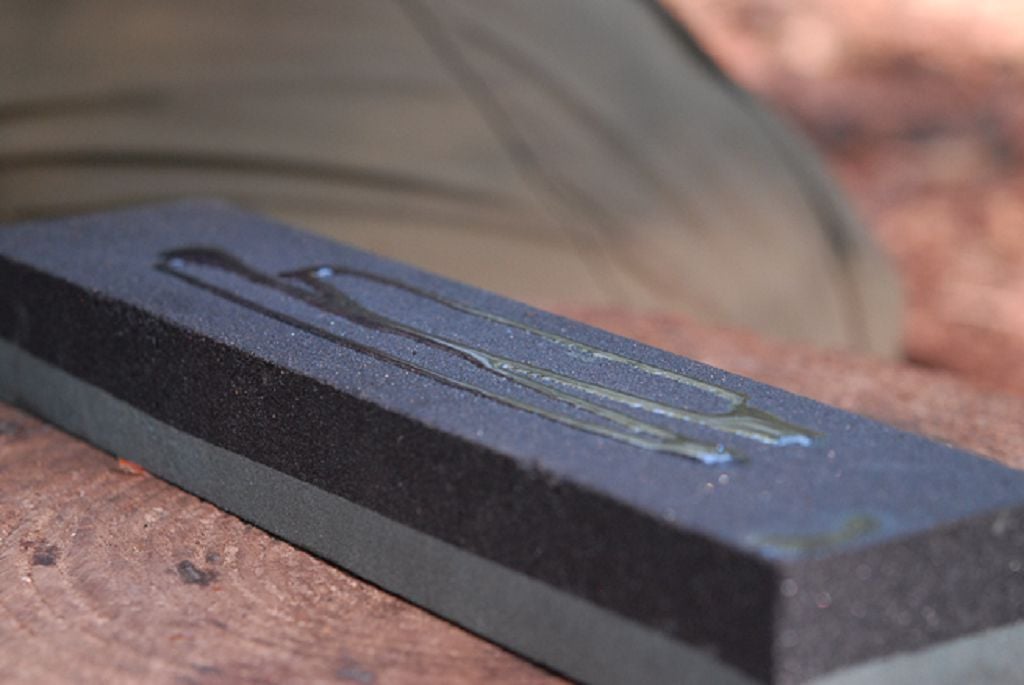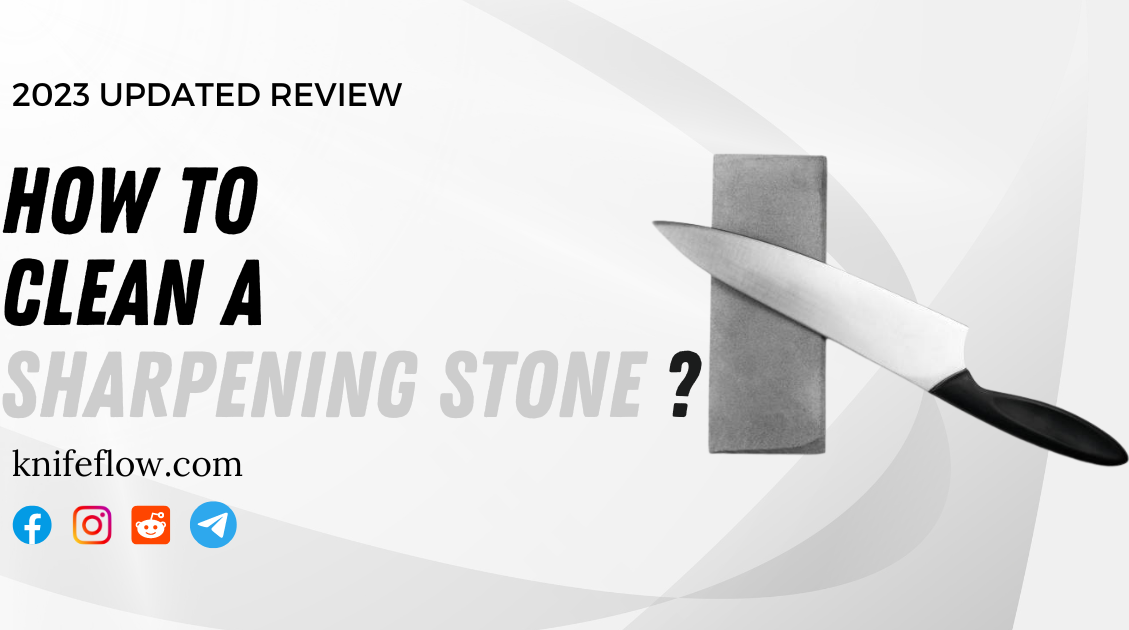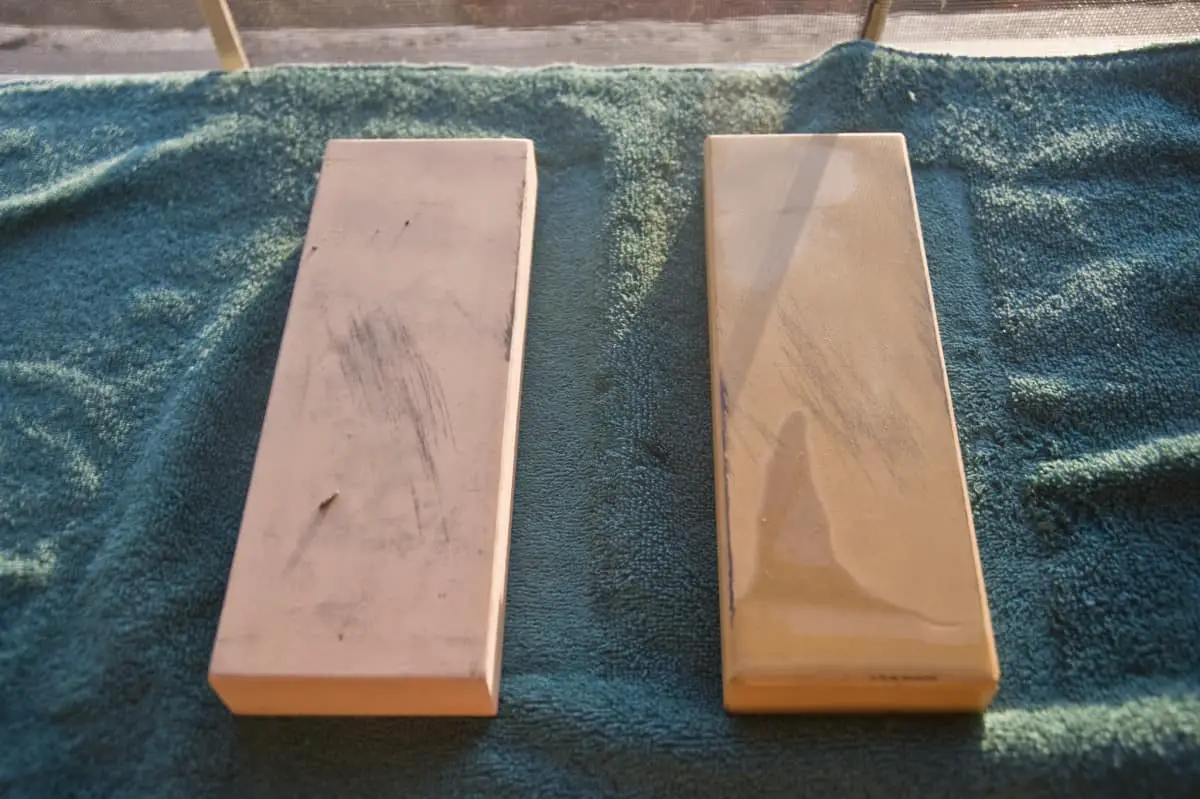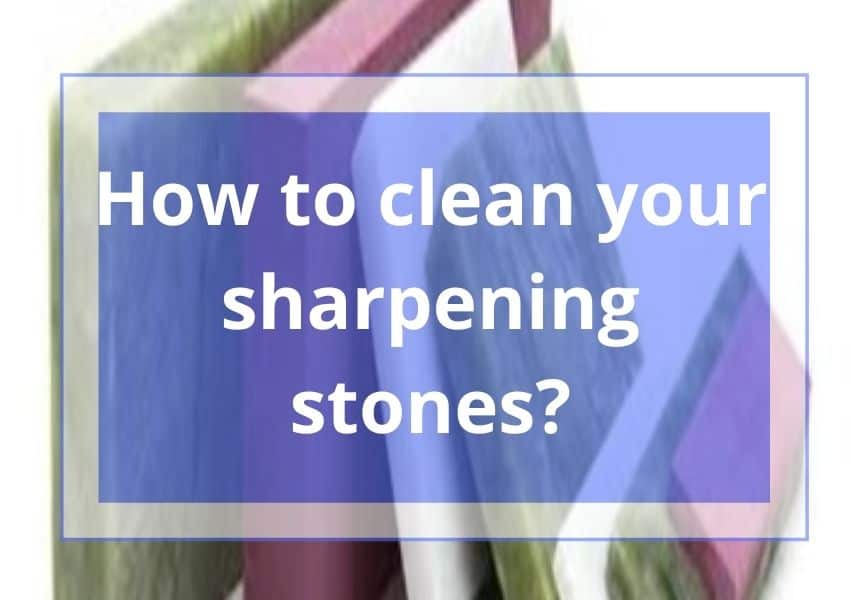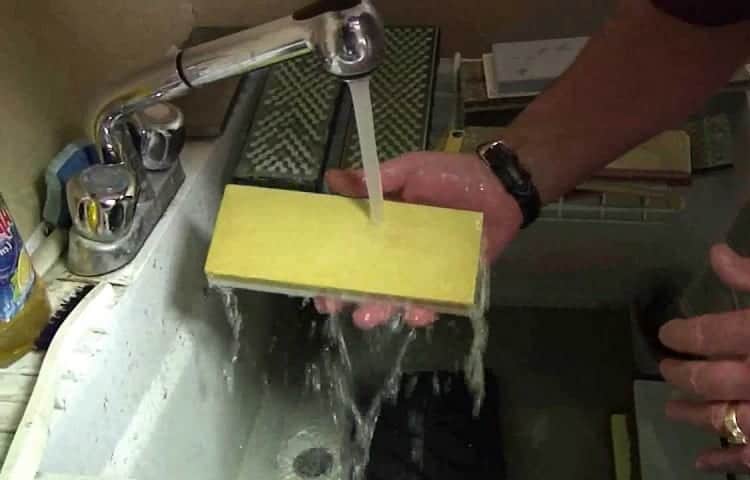How To Clean A Sharpening Stone

The relentless pursuit of a razor-sharp edge hinges on the meticulous maintenance of sharpening stones. Clogged pores and embedded swarf—tiny metal particles abraded from blades—can render even the finest stones ineffective, transforming a precision tool into an abrasive paperweight. Mastering the art of cleaning these vital implements is paramount for both professional artisans and home enthusiasts alike.
This article delves into the essential techniques for cleaning sharpening stones, outlining best practices gleaned from expert advice and industry standards. We will cover the various cleaning agents, methods suitable for different stone types, and preventative measures to prolong the life and effectiveness of these crucial tools. Proper stone maintenance not only ensures optimal sharpening performance but also represents a sound investment in preserving valuable equipment.
Understanding the Problem: Why Sharpening Stones Need Cleaning
Sharpening stones, regardless of their composition (natural, synthetic, diamond), function by abrading the metal of a blade to create a new, sharper edge. This process inevitably leaves behind swarf and loose abrasive particles within the stone's surface.
Over time, these contaminants accumulate, filling the pores and reducing the stone's ability to effectively grip and remove metal. A clogged stone glazes over, becoming slick and polished, hindering the sharpening process. This can lead to frustration, inconsistent results, and even damage to the blade being sharpened.
Methods for Cleaning Sharpening Stones
The appropriate cleaning method depends largely on the type of sharpening stone. Oil stones, water stones, and diamond stones each require specific approaches to avoid damage and maintain optimal performance.
Cleaning Oil Stones
Oil stones, traditionally lubricated with honing oil, require solvents to dissolve the accumulated oil and swarf. Mineral spirits, kerosene, or specialized stone cleaning solutions are commonly used.
To clean an oil stone, saturate the surface with the chosen solvent and allow it to soak for several minutes. Use a stiff brush, such as a toothbrush or nylon bristle brush, to scrub the surface, working in circular motions to dislodge debris.
Wipe away the dirty solvent with a clean rag or paper towel. Repeat the process until the stone is clean, and the solvent runs clear. A final wipe with a clean, oiled cloth can help protect the stone and prevent rust.
Cleaning Water Stones
Water stones, favored for their rapid cutting action, are typically cleaned with water and a specialized cleaning stone or nagura stone. These softer stones, when rubbed against the sharpening stone's surface, create a slurry that helps lift away swarf and debris.
Alternatively, a mild abrasive cleanser, such as dish soap, can be used. Apply a small amount of soap to the stone's surface and scrub with a soft brush or sponge. Rinse thoroughly with water and allow the stone to air dry completely.
For stubborn clogs, a dedicated lapping plate is highly recommended. A lapping plate is a flat, abrasive surface used to flatten and clean water stones, ensuring a consistently even sharpening surface. According to Chef Knives To Go, a reputable retailer specializing in culinary tools, using a lapping plate is essential for maintaining the flatness of water stones and maximizing their performance.
Cleaning Diamond Stones
Diamond stones, known for their aggressive cutting action and durability, are generally the easiest to clean. Warm water and dish soap are usually sufficient to remove accumulated swarf.
Apply a small amount of soap to the stone's surface and scrub with a soft brush. Rinse thoroughly and allow the stone to air dry. For more stubborn clogs, a dedicated diamond stone cleaning block can be used. These blocks are designed to gently abrade the surface and remove embedded debris without damaging the diamond grit.
"Always follow the manufacturer's instructions for cleaning your specific diamond stone," cautions Norton Abrasives, a leading manufacturer of abrasive products. "Improper cleaning techniques can damage the diamond coating and reduce the stone's lifespan."
Preventative Measures for Sharpening Stone Maintenance
Preventing excessive build-up is key to prolonging the life and effectiveness of sharpening stones. Several preventative measures can significantly reduce the frequency and intensity of cleaning.
Using the appropriate lubricant (oil or water) during sharpening helps to flush away swarf and prevents it from embedding in the stone's surface. Regularly flattening water stones with a lapping plate ensures a clean and even sharpening surface.
Storing sharpening stones in a clean, dry environment prevents dust and debris from accumulating on the surface. Dedicated storage boxes or containers are ideal for protecting stones from damage and contamination.
The Importance of Proper Drying
Proper drying is crucial, especially for water stones, to prevent the growth of mold and mildew. After cleaning, allow stones to air dry completely in a well-ventilated area.
Avoid placing stones in direct sunlight or near heat sources, as this can cause them to crack or warp. For oil stones, a light coating of honing oil after drying can help prevent rust and maintain optimal performance.
Conclusion: Investing in Sharpening Stone Care
Cleaning sharpening stones is not merely a chore; it is an integral part of the sharpening process. By adopting proper cleaning techniques and preventative measures, users can ensure their stones remain effective and long-lasting.
The investment in cleaning supplies and tools, such as lapping plates and cleaning solutions, is minimal compared to the cost of replacing damaged or ineffective stones. Furthermore, a well-maintained sharpening stone translates to sharper, more consistent edges, ultimately enhancing the performance and longevity of valuable blades.
As technology advances, new materials and sharpening methods will undoubtedly emerge. However, the fundamental principle of maintaining a clean and effective sharpening surface will remain paramount for achieving the ultimate edge. Embracing these practices ensures a future where sharp tools are always within reach.

